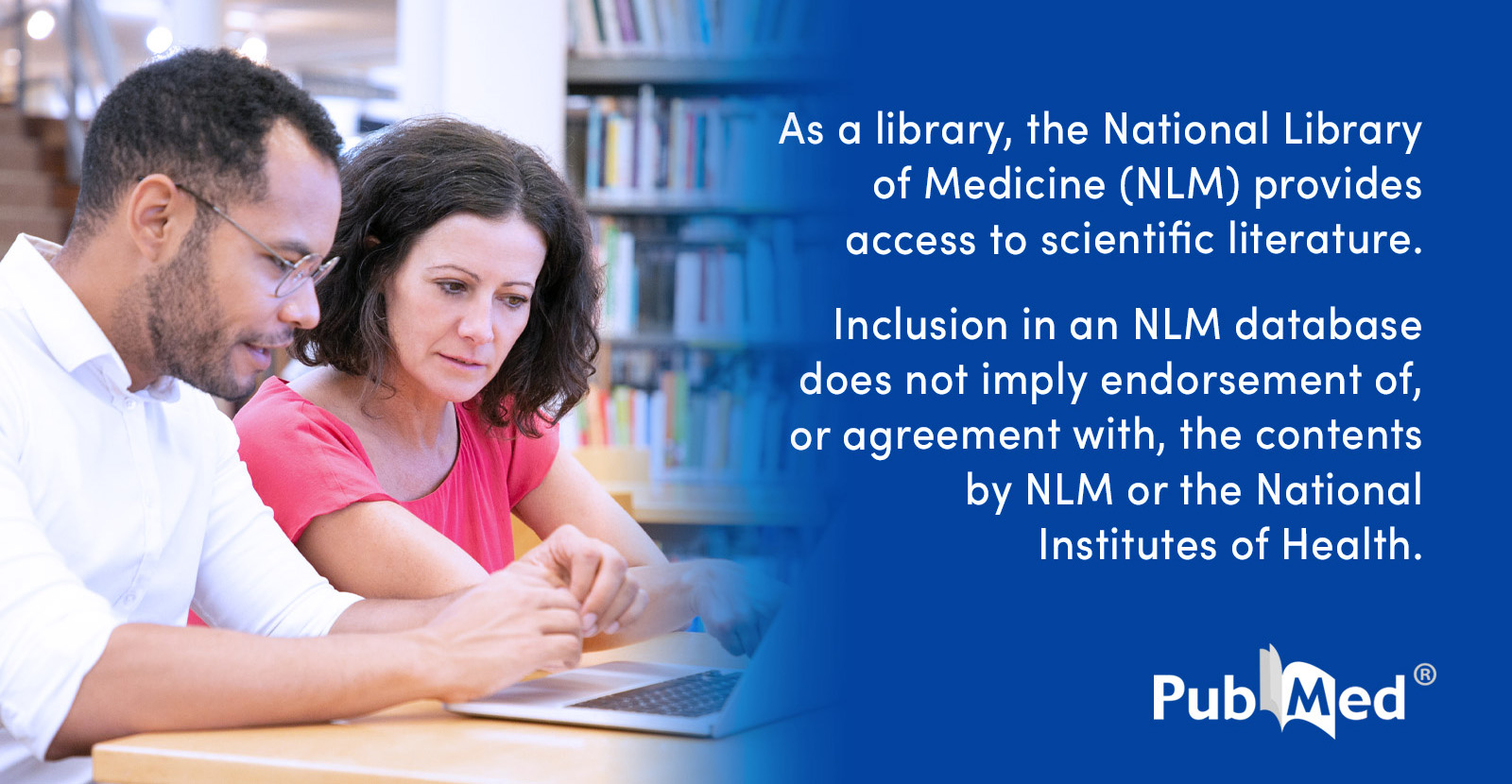Thus, we found no evidence for the mobilisation of Al from body stores following ingestion of orthosilicic acid. In contrast, Bellia et al. [20] observed a significant concomitant increase in urinary elimination of Al (or an unlikely absorption of 26% of the ingested Al (72.1 mg)) following the intake of beer which contained silicic acid. They suggested an interaction, in the proximal convoluted tubule of the kidney, between Si and Al leading to their co-elimination. It is not clear why our results differ, but a number of explanations should be considered. First, a small peak of Al may have occurred in urine following ingestion of ortho-silicic acid that would only be apparent in urine collections of much shorter time intervals (e.g. in catheterised subjects). However, Bellia et al. [20] also used 8 h collection periods for urine and were able to observe a difference. Secondly, alcohol may increase gut permeability as it is known to affect lipid bilayer permeability [42], which would then increase Al uptake from beer. However, a 26% increase seems unlikely. Thirdly, Si and alcohol may have a synergistic effect on the excretion of Al, which is not observed with alcohol [20] or Si alone (Fig. 2). Fourthly, a component of beer other than alcohol or silicic acid may be responsible for the excretion of Al from body stores. Finally, the body pool of Al of the subjects in the Bellia study [20] may have been higher, as volunteers were older than the subjects in this study.
Silicon (Si), as silicic acid, is suggested to be the natural antidote to aluminium (Al) toxicity, and was recently shown to promote the urinary excretion of Al from body stores. The metabolism of Si in man, however, remains poorly investigated. Here we report on the pharmacokinetics and...

pubmed.ncbi.nlm.nih.gov

